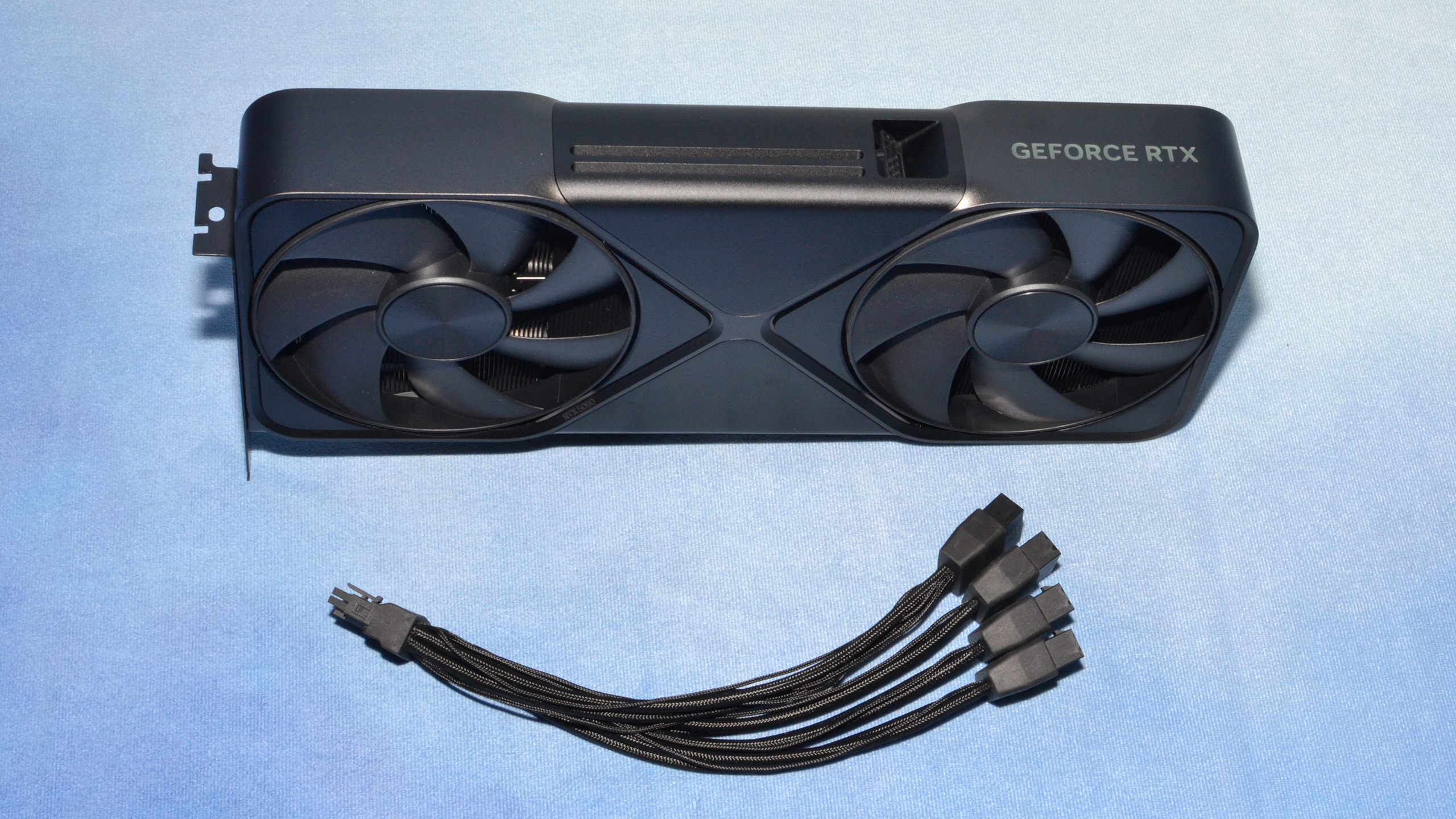Nvidia confident that RTX 50 series power connectors unlikely to melt despite higher TDP

Nvidia says that its flagship RTX 5090 GPUs will not experience the melting 16-pin connectors that plagued RTX 4090 graphics cards. Company representatives made this announcement during Nvidia RTX AI Day 2025 in South Korea, as reported by Quasar Zone (machine translated). Nvidia is confident that the changes it made to the connector design will avoid the issue, despite the RTX 5090 having a higher TDP of 575 watts (versus the 4090’s 450 watts).
The company, represented by Nvidia APAC Director of Tech Marketing Jeff Yen, GeForce Tech Director for Marketing Sean Cleveland, and Nvidia Korea Senior VP Sunwook Kim, was answering some questions during the Nvidia RTX AI Day 2025 event. Someone in the audience asked if the RTX 5090 solved the problem that plagued the RTX 4090. The issue being “where the connector overheated and melted”. Nvidia answered, “We don’t expect that to happen with the RTX 50 series. We made some changes to the connector to respond to the issue at the time, and we know that it is not happening now, about two years later.”
The root cause of the overheating connector is often seen as an improperly or loosely attached cable, or if the cable is bent near the plug, causing too much stress at the connection point. Because of this, the industry developed the new 12V-2×6 connector, which replaced the 12VHPWR connector.
This new connector seemingly solved the overheating issue, although it’s been reported as late as April 2024 that many RTX 4090s continue to melt—but these were often older cards that used the older standard or those that used defective Cablemod 16-pin GPU power adapters that have since been recalled and discontinued.
Since Nvidia has released the RTX 5090 some two years after it started using the 12V-2×6 connector, we can safely assume that overheating power connectors will no longer be an issue. Still, some AIBs are erring on the side of caution to avoid a repeat of the melting RTX 4090 connectors.
Zotac added a Safety Light feature that prevents the GPU from turning on until the power cable is fully and securely inserted. On the other hand, MSI introduced a simpler solution: it used a yellow-tipped 16-pin power adapter as a visual indicator. A fully seated power cable wouldn’t show any of the yellow parts—so if you still spot it after plugging it into your GPU, then the power cable is not properly attached.
#Nvidia #confident #RTX #series #power #connectors #melt #higher #TDP
